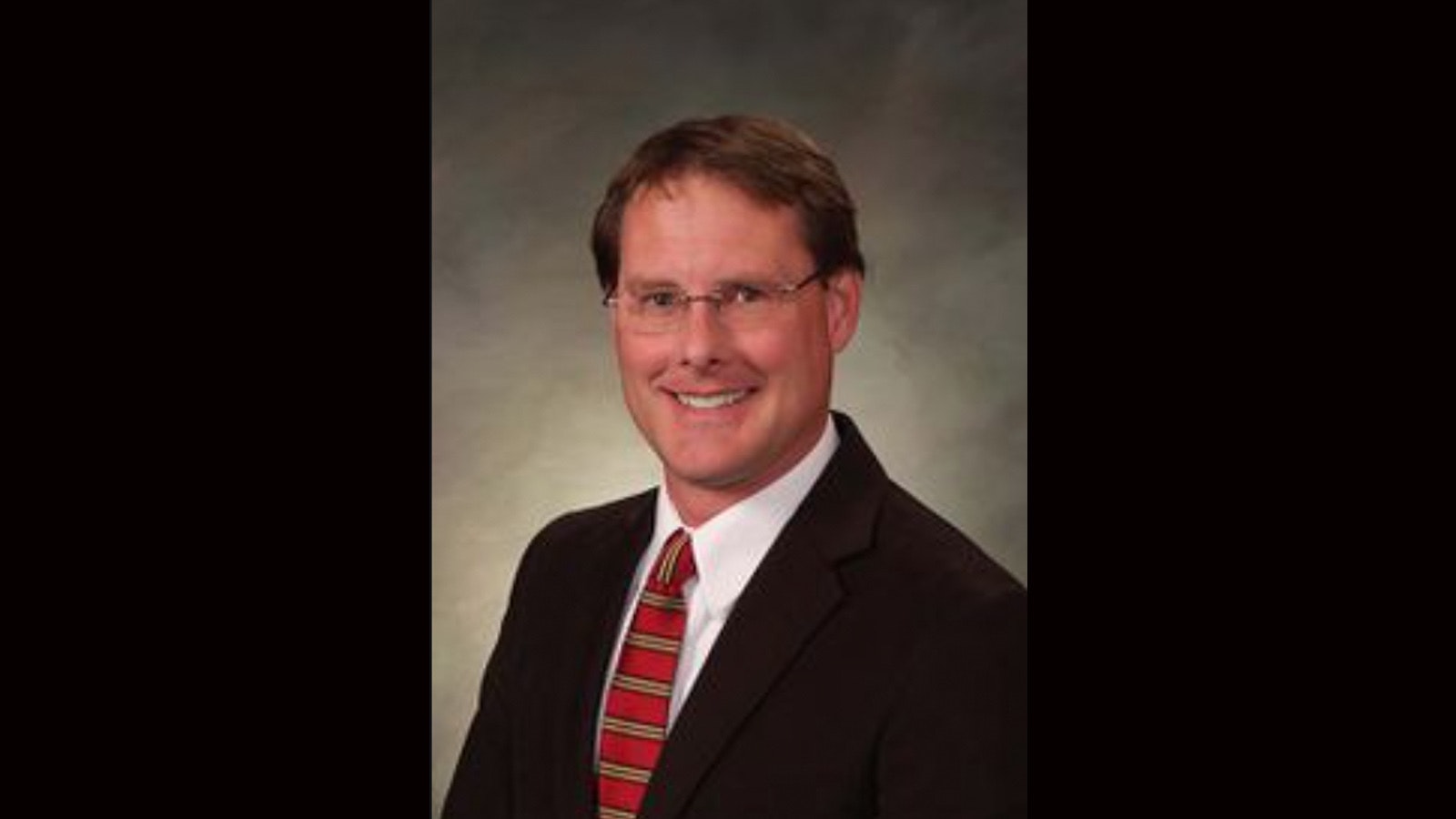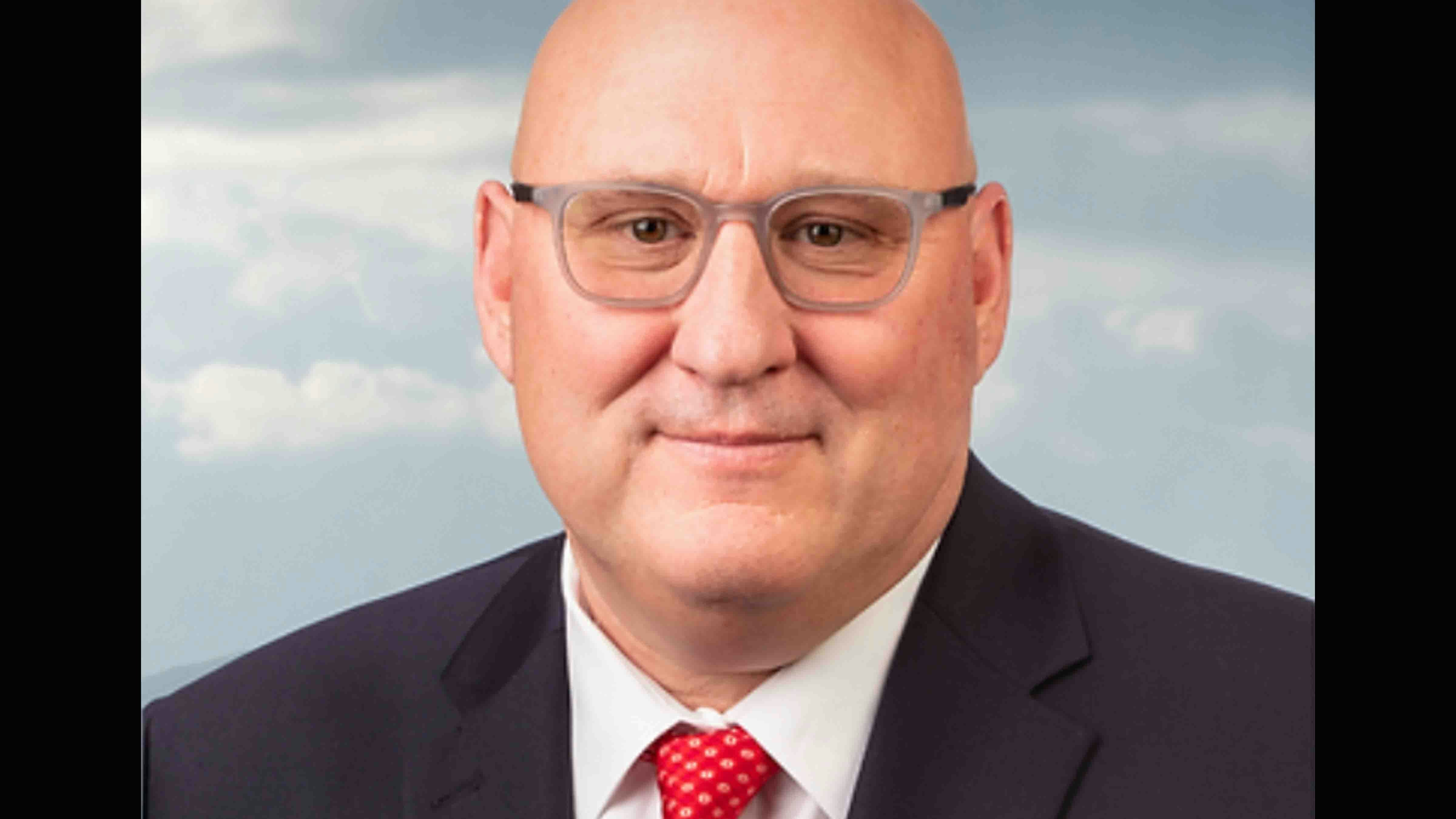As usual, the Wyoming legislature has adjourned without doing much to stabilize education funding in the Cowboy State. They may have tried with House Bill (HB)173, but as is so often the case with critical budget reforms, the House of Representatives and the Senate couldn’t come to an agreement. And so, our decades-long education funding boondoggle remains in place, eating up funds better directed elsewhere.
Sure, it’s hard to make hard decisions in the face of a $300 million-dollar shortfall, but our local education establishment has proven it would rather sue the state for more funding in place of considering doing things more efficiently. I’m referring to the string of lawsuits brought first by Washakie and then several times by Campbell County starting in 1980 and ending in 2008.
Even though Wyoming incurs some of the highest per-student costs in the region and has done so for years and years, our student outcomes remain fairly average. Meanwhile, our spending outcomes have risen at alarming rates because some lawmakers believe that any decrease in spending, even if equitably done, is unconstitutional. This is not a universal opinion, but it’s apparently prevalent enough to prevent any serious progress on stopping this run-away train.
But now the years of wine and roses are over. Coal production, the backbone of education funding in Wyoming, is in serious decline. And in another huge hit to Wyoming education funding, the Biden Administration has put a stop to oil and gas leases on federal lands. These things impact not only school funding, but school construction, which is also funded by federal coal lease bonuses. Wyoming has spent several billion dollars on school construction in the past decade, but it is not a trend that has any realistic means of continuing into the future.
Facing all this, one would think the two bodies, the House and Senate, could have come to some agreement. Sadly, they could not. And now, in a strange twist of fate, Joe Biden rescued them from making any really tough decisions and helped them back away from some of the actual spending cuts they had dared to consider. Thanks to the America Rescue Plan Act—the eye-watering $1.9 trillion COVID “rescue” plan that our great, great grandchildren will still be paying for—the Wyoming education establishment has been saved from making any serious cuts.
To its credit, the Wyoming Senate did try to get serious. Taking a more conservative position, its majority sought to ensure that spending cuts did not include teachers. This is because it is well known that one of the great political games many school districts play (to enrage parents about cuts and bring about angry voices to bear on state lawmakers) is to cut the best teacher or the most popular program in the district and then point to state leaders, even when the lawmakers don’t specify those direct decisions.
The Wyoming House on the other hand, did not want to stop these kinds of games being played by school administrators, and even worse than that, in HB 173 they wanted to continue to give the districts cart blanche to spend the Biden bucks any way they wish, including spending outside of the school funding model. What has happened to the formerly more conservative chamber?
But this year, the Senate wanted school districts to place 75% of the $273M “Biden bucks” into savings. First, to protect against future funding shortfalls, and second, to ensure the money isn’t used to grow programs the state may not be able to afford into the future. This was a position the House found unacceptable. Again, what has happened to them?
Sure, conservatives are all for local control, but conservatives are also for strong accountability and that includes fiscal accountability. The state of our education system’s spending is the direct result of the leadership in our communities at the school board and school administration levels. And these folks should never be considered so untouchable they can’t be held accountable for the out-of-control spending that they’ve been lobbying for in our state, where all of the other taxpayer funded agencies and departments have been asked again and again to make serious cuts.
One of the many ways our legislature could make our education system secure is to offer a robust school choice program including opportunity scholarships at half the price we pay per child in public education. That would amount to an almost $8,000 savings for each child who took the scholarship and went to a private school. If our private schools, many of whom offer exceptional educational programs, can educate at half the cost of public schools, why in the world wouldn’t we do just that?
Parents would have options, taxpayers would have savings, and public education would have a healthy dose of competition, just the shot of strong accountability they sorely need. Every child in our state would benefit from robust school choice, which would be a win—win outcome for all. Maybe next year our lawmakers will cowboy-up and do their jobs.





